(Fredericton, NB – May 18 2023) – In honor of Loyalist Day, the Fredericton Region Museum would like to commemorate this year’s May 18 with a long form piece written by our own Aidan Keenan that tells the story of the Loyalists and their influence in New Brunswick.
The province of New Brunswick designated May 18 as a holiday in remembrance of Loyalist refugees arriving in Saint John in May 1783. After the American Revolution many Loyalist families in the newly declared United States fled to Canada, laying the foundation for prominent Loyalist cities like Saint John and Fredericton. These refugees were often given the title United Empire Loyalist—or just “Loyalist,” hence, Loyalist Day. Some Loyalists fled to other parts of the British Empire including the West Indies, Upper Canada (Ontario), Lower Canada (Québec), and the British Isles themselves. However, a majority of those fleeing America in 1783 settled in what would become the Maritimes.
As the Loyalists fleeing from the United States spread across Canada, the British colonial government in Canada decided it wanted a Loyalist settlement between Halifax—the seat of British authority on the east coast—and Lower Canada. As such, two main locations were chosen for Loyalist resettlement: Saint John and Fredericton. The influx of Loyalist immigrants in Saint John and Fredericton prompted the colonial government to partition the province of Nova Scotia—which encompassed both modern day Nova Scotia and New Brunswick—into two separate provinces, creating New Brunswick in 1784.
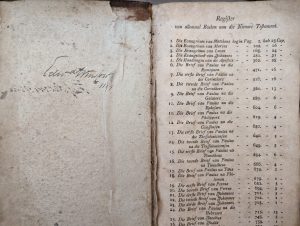
The Dutch Bible of Edward Winslow
During the 1783 Loyalist resettlement, the British Crown tried to settle soldiers from the same unit together to create a sense of community. These new Loyalist settlers included both ex-soldiers and their families, some of which, like Edward Winslow, were extremely involved in the British colonial administration. Winslow was a descendant of Mayflower colonists and was extremely loyal to the Crown. As such, Winslow fought against the American patriots during the Revolutionary War meaning he had to flee the newly born United States with his family in 1783. He first held several offices in Halifax before settling in Fredericton where he advocated for New Brunswick’s partition from Nova Scotia. Winslow and roughly fifty-thousand more Loyalists like him would settle in New Brunswick between 1783 and 1785. Furthermore, the Fredericton Region Museum maintains a connection to Winslow’s legacy with multiple artifacts belonging to Winslow on display in our Loyalist Exhibit, including his Dutch Bible—which is personally inscribed by Winslow.
Furthermore, the expulsion of Loyalist from the New England states influenced Fredericton’s role as New Brunswick’s capital. Some Loyalists felt that Saint John should be the provincial capital, especially after it was made the first incorporated city in Canada in 1785. However, the new provincial government feared that Saint John’s coastal position left it vulnerable to attack from the juvenile United States. As a result, Fredericton was chosen as the New Brunswick’s capital because of its dense settlement by Loyalist families and its central location within the province—providing better inter-provincial communication.
In short, Loyalists laid the foundation for not only modern New Brunswick, but modern Canada. Loyalist settlement in May 1783 created the city of Fredericton and massively expanded Saint John, both of which identified themselves as “Loyalist towns” for centuries to come. Be sure to visit the Fredericton Region Museum when it opens for the season in June to learn more about the Loyalist settlement of New Brunswick. Starting June 14, we are open Wednesday to Friday from 1 to 4. July 4 we open for our full summer hours: Monday to Saturday 10 to 5 and Sunday from 12 until 5.

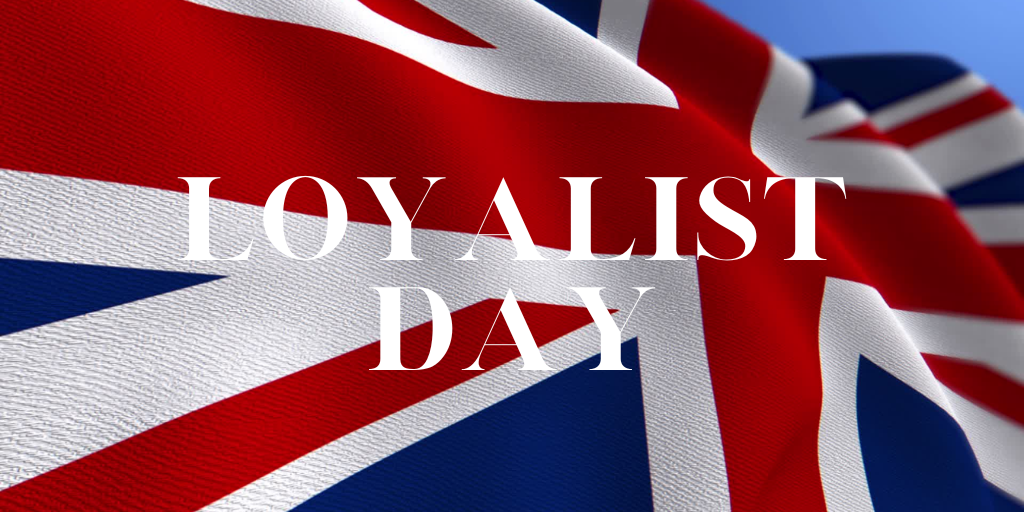
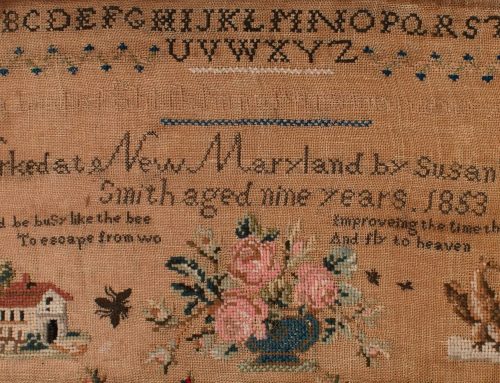
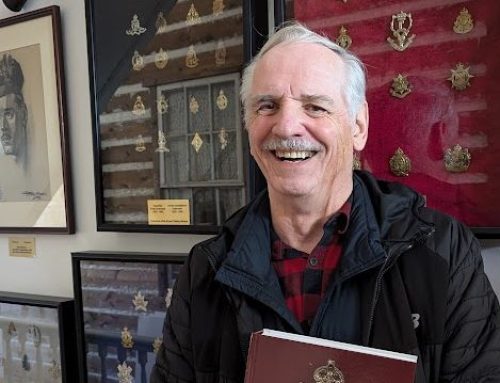

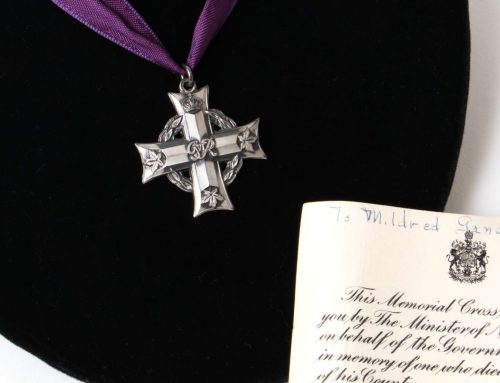
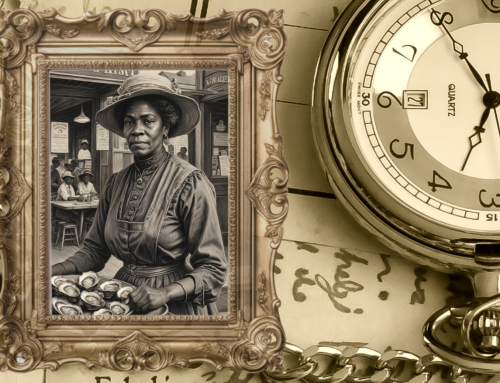
Leave A Comment